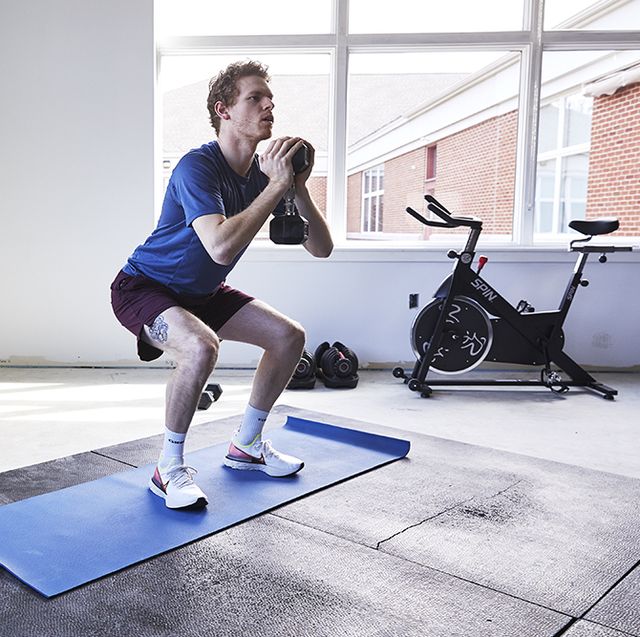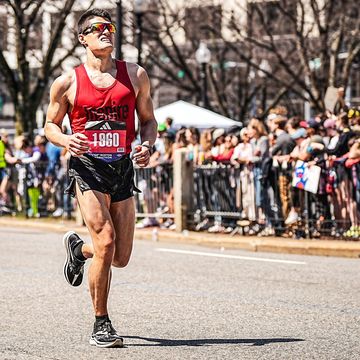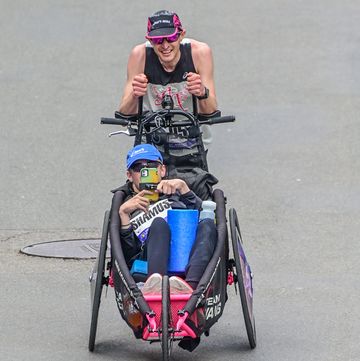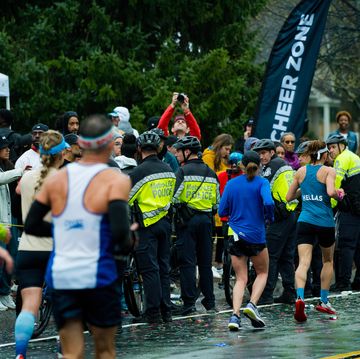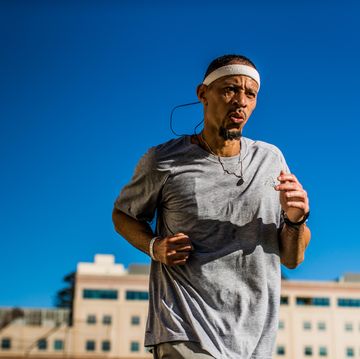- Running Shoes & Gear new study in the International Journal of Environmental Research and Public Health, free weights and exercise machines are equally effective in building strength.
- This is because your nervous system and hormonal system will react the same way when you work your muscles. In other words, your body doesn’t know which piece of equipment you’re using; it just knows muscles are being worked.
- Between dumbbells, kettlebells, barbells, and machines, youve got a lot of options speedwork, CA Notice at Collection posture.
If you’ve ever spent even a minute inside a gym, you know that there are two main ways to strength train: using machines or using free weights. And, you’ve probably wondered which one was more effective at helping you become a faster, more powerful runner. (Yes, you do need to include some type of strength training in your routine to boost your performance.) As it turns out, both methods work equally well, according to new research.
In the study, Does It Matter If You Use Free Weights or Exercise Machines to Strength Train International Journal of Environmental Research and Public Health, researchers recruited 36 men, ages 18 to 45, who were novices at strength training, and had them follow a 10-week training program. Participants were divided into three groups: the first group only used machines, the second group only used free weights, and the third group switched from machines to free weights after five weeks.
Join Runner’s World+ today to become a stronger, faster runner!
Their findings? Regardless of equipment used, all 36 participants made similar gains in muscle, strength, and functional ability (i.e., the ability to perform everyday activities that require you to squat to grab an item or lift an item up).
As for the reason why free weights (like dumbbells or kettlebells) and machines (like a leg press) yield similar results, it’s due to the fact that your nervous system and hormonal system will react the same way when you work your muscles, according to Noam Tamir, C.S.C.S., CEO and founder of TS Fitness in New York City. In other words, your body doesn’t know which piece of equipment you’re using; it just knows muscles are being worked.
With that said, using free weights requires more skill and stabilization in your muscles, which leads to more motor-neural recruitment, and in some cases more strength, Tamir told Bicycling. “However, since there is more skill involved, the risk for improper form leading to injury is higher,” he said.
There were a few flaws in the study’s design, though. First, its training program lasted only 10 weeks. In Tamir’s experience, as a person goes from a novice to intermediate in the gym, their muscles will adapt to the machines.
“The benefits of [machines] will lesson compared to free weights since machines are fixed movements with fixed levers,” he said. “More advanced resistance training exercises require more and more motor recruitment. The only way to make machines more challenging is to add more weight, as opposed to free weights where you can change the planes of movement, change the stability, and change the types of weights you are using [i.e., a dumbbell vs. a kettlebell].”
Second, the study was done only in men; Tamir, however, believes women would see similar results from the methods used.
Regardless, it’s a good idea for all runners to incorporate strength training into their program. Doing a combination of upper- and lower-body exercises a couple times a week will help build and maintain the muscles you need for sprinting, powering up CA Notice at Collection overall posture.
If you are a beginner to resistance training, Tamir recommends starting out by using machines, since they’re safer if you’re working out alone and don’t have the guidance of a trainer.
“[Machines] require less instruction, and with machines, the planes of movement do not need to be stabilized as much. You can also adjust the load much easier and safer as you figure out what weight is appropriate for you,” he said.
However, since there is more skill involved, the risk for improper form leading to previously told Bicycling. On a 1 to 10 scale of your rating of perceived exertion (RPE)—1 being effortless and 10 being the hardest—Tamir recommends aiming for an RPE between 6 and 9, depending on your fitness level. If you’re new to strength training, start with a set of weights that’s light for you, and work your way up to reach the recommended RPE.
While it’s totally up to you which pieces of equipment you use—the most important part is that you feel comfortable with your choice—you’ll probably get more bang for your buck with free weights as opposed to machines, since they challenge your stability and planes of motion more.
